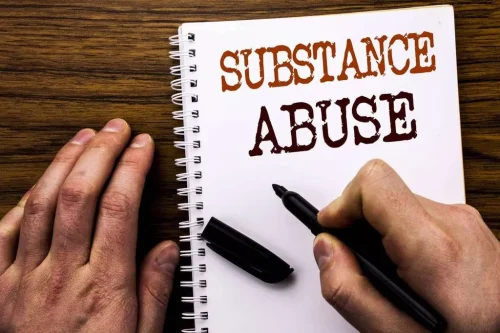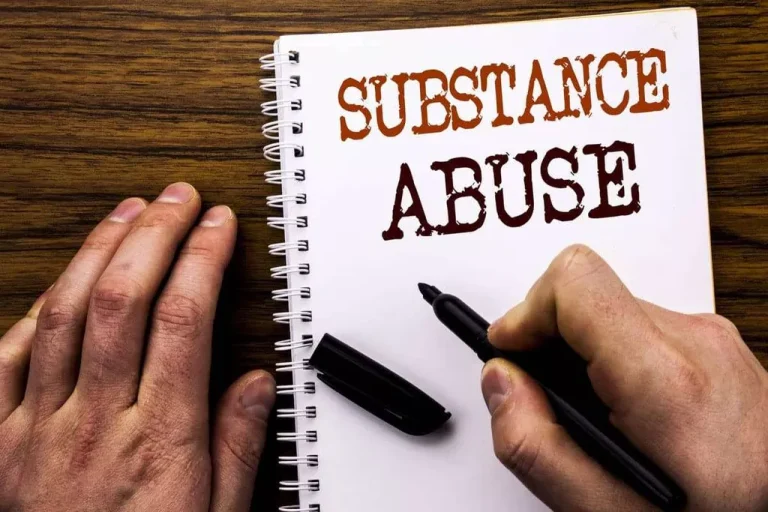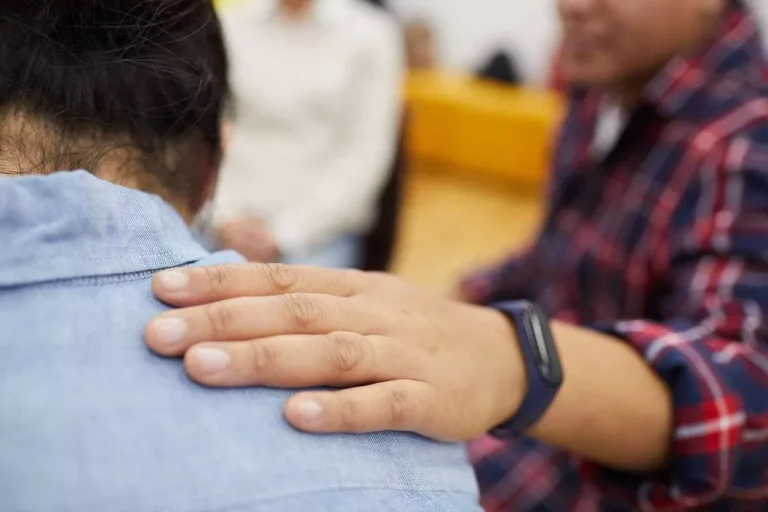
Cravings, nausea, and vomiting are also common early in withdrawal. Drug treatment centers utilize the expertise of physicians and therapists to develop a personalized treatment plan for each patient. In almost all cases, an inpatient treatment program will give moderate to severe methadone addicts their best chance at a successful recovery. Although each specific treatment program varies tremendously, there are thousands of options available, meaning there is a good match for every patient. Most medical detoxes provide a tapering off of the drug, or reducing the user’s dosage over a period of weeks. This method reduces the severity of withdrawal symptoms and is usually recommended over quitting “cold turkey.” However, tapering off the drug takes longer.
3. WITHDRAWAL MANAGEMENT FOR OPIOID DEPENDENCE
In general, you can expect to take medication that eases your craving for opioids. Your provider will explain how long you’ll need to take medication. A well-managed program can minimise the risk of diversion by having clear dosing procedures, such as provided below, that are strictly followed.
Drug Interactions with Methadone
The drug is commonly used to treat opiate addictions, leading some users to trade one addiction for another. If taken frequently, tolerance to methadone can develop quickly, which means the user will require more of the drug to achieve the desired effects. Methadone withdrawal symptoms are usually moderate in severity and last for several weeks. Medical detox can reduce withdrawal symptoms and make the process safer Oxford House for the user. While specifics will vary from person to person, on average, the methadone dosage can be lowered between 10 percent and 50 percent at tailored intervals. For some people, the dose may be lowered daily; for others, it may be lowered every two weeks.
- Finally, the best way to stop using methadone is to consult a doctor.
- Patients should receive MMT for the entire duration of their detention in the closed setting.
- Taken daily, it is available in liquid, powder and diskettes forms.
- It’s often a very helpful and effective treatment for those who need it for this purpose.
- After withdrawal is completed, the patient should be engaged in psychosocial interventions such as described in Section 5.
- How long it takes to become physically dependent varies with each person.
- Onset of effects occurs 30 minutes after swallowing and peak effects are felt approximately three hours after swallowing.
Other Medications for Substance Use Disorder Treatment
Women who are pregnant or breastfeeding can safely https://ecosoberhouse.com/ take methadone. Comprehensive methadone maintenance treatment should include prenatal care to reduce the risks of complications during pregnancy and at birth. If your doctor has prescribed methadone for pain or opioid withdrawal, he or she should help you establish a safe dosage and taper schedule.

Overdose is more likely to occur if the patient is using other drugs that depress the central nervous system e.g. alcohol, benzodiazepines or opioids. Patients should be informed of the risks of using these drugs in combination with methadone. Onset of effects occurs 30 minutes after swallowing and peak effects are felt approximately three hours after swallowing. It can take between 3 and 10 days for the amount of methadone in the patient’s system to stabilise. Some of the patients in the methadone program are continuing treatment begun in the community, while others have started methadone treatment in prison. Patients who are HIV-positive receive free antiretroviral treatment in addition to methadone.
- You can avoid the rebound phenomenon by working with a medical team for withdrawal.
- If you are looking for a rehab program, you can start with our online directory.
- Each person will experience withdrawal differently, based on the amount they were taking and other factors.
- The most likely reason to take methadone is to manage an opioid use disorder.
- A patient may begin to reduce his or her dose and later decide that they would prefer to remain in MMT.
- How much methadone a person takes, how much is taken at a time, and the length of time methadone has been taken all need to be factored in.
Find a Treatment Program
A doctor monitors your methadone intake and response to make sure that the withdrawal process is safe and effective. The doctor continues the therapy until your body no longer needs methadone at all. John Smith is a behavioral health specialist with over 15 years of experience in the field of addiction treatment. He is an expert in treating alcoholism and drug addiction, as well as a trained mental health and substance abuse counselor. John has dedicated his career to helping people overcome addictions and improve their overall well-being.
4. WITHDRAWAL MANAGEMENT FOR BENZODIAZEPINE DEPENDENCE

This helps to relieve benzodiazepine withdrawal symptoms and prevent the development of seizures. Short-acting benzodiazepines include oxazepam, alprazolam and temazepam. Withdrawal typically begins 1-2 days after the last dose, and continues for 2-4 weeks or longer.
Management of mild alcohol withdrawal (AWS score 1-

If you are currently using methadone or other opioids, it is best to continue with methadone until the end of your pregnancy. Methadone is proven safe and effective for use during pregnancy. However, it is possible that your child will be born with an opioid dependence, which means they will need to detox. Your experience with methadone withdrawal can depend on a variety of factors, including your past experiences and expectations. Some people go into methadone withdrawal it thinking it’s going to be a nightmare, but it turns out to be milder than anticipated. Others think it will be easy and find that it requires a greater commitment than they thought.

Additional treatments
It’s also important to note that some people may experience other withdrawal symptoms not listed here. This is why it’s important to work with your doctor during the withdrawal period. To diagnose opioid withdrawal, your primary care doctor will perform a physical examination and ask questions about your symptoms. They may also order urine and blood tests to check for the presence of opioids in your system. Many people become dependent on these drugs in order to avoid pain or withdrawal symptoms.
.jpg)
.jpg)




